Packaging Design - Project 1(Box Making)
22/04/2025 - 05/06/2025 | Week 05 - Week 07
Wong Jia Yi Carmen | 0357198 | Section 01
Packaging Design | Bachelor of Design (Hons) In Creative Media
TABLE OF CONTENTS
LECTURES
- Unique Design Elements
- Creative Mesaging
- Customization and Personalization
- Sustainability
Emotional appeal through packaging and branding refers to the strategy of using packaging and branding elements to evoke an emotional response from consumers. This emotional connection can help create a more meaningful and long-lasting relationship between a consumer and a brand.
According to a study, the appeal of product packaging can trigger different emotions, including impulsive buying, even for customers with no intention to make the purchase. Attractive packaging designs can instantly trigger positive and rewarding emotions in consumers, significantly contributing to their purchasing decisions.
Color can have a powerful effect on our emotions and can be used to create an emotional connection with a brand. For example, red can evoke feelings of excitement and energy, while blue can create a sense of calmness and trust. Companies can use color in their branding and packaging to evoke specific emotions that align with their brand values and messaging.
2. Imagery and Graphics:
Imagery and graphics can also be used to evoke an emotional response. For example, a brand that focuses on outdoor adventure may use imagery of nature and outdoor activities to create a sense of freedom and adventure. A brand that focuses on family values may use imagery of families spending time together to create a sense of warmth and connection.
3. Brand Storytelling:
Brand storytelling is a powerful way to create an emotional connection with consumers. Companies can use their branding and packaging to tell a story that connects with consumers' values and beliefs. For example, a coffee company may use their packaging to tell the story of how their coffee beans are sourced from fair trade farms, creating an emotional connection with consumers who value ethical sourcing practices.
4. Personalization:
Personalization can also create an emotional connection with consumers. When a product or packaging is personalized with a consumer's name or other personal information, it can create a sense of connection and make the consumer feel valued by the brand.
- A point of purchase display - referred to as P.O.P. - attracts the audience, draws them in close, and makes a sale
- Point of Purchase marketing material includes a myriad of printed advertising display items that can help your product stand out from the crowd.
- A well-designed point of purchase display can help separate a product from its competitors, focus customer attention, & serve as a directed advertisement, targeting the shopper at the exact moment of sale.
- Much like packaging itself, the art of P.O.P. design is part of packaging, part of structural engineering, part of advertising & part of psychology
- The creation of P.O.P. must take into account these additional factors:
- Shelf Talkers are small signs that attach to a retail shelf ledge. They are most commonly utilised with data strips, but can be implemented without them.
- Shelf Talkers are an effective way to attraxt and communicate way to attract and communicate with customer's in store as they are wandering department aisles.
- Wobblers are tags that are stuck to shelves or other surfaces to stand out to grab customer attention.
- Also called shelf talkers or product talkers, these branded tags literally talk for themselves - they point customers to your product, giving you an edge over competitors that sit on the same shelf.
- Induces persons to enter into the shop, It arouses the interest of passers by and kindles a desire to buy the product on display.
- Acts as a selling point.
- Timeliness of displays of goods is important. Products which are bought more during a particular season should be kept in a window display.
- The floor is an advertising space, which is rarely used. As a result, floor stickers are very effective.
- Floor Stickers are perfect for reinforcing existing advertising as well as complementing as well as complimenting Point of Sale. They are also great space savers, ideal for supermarket aisles, shopping centres, retail stores, or staircases and landings.
INSRUCTIONS
fig 1.0 Packaging Design's MIB (24/4/2025)
Project 1 / Box Making
Timeframe: Week 5 - Week 7
Description: Designing Custom Boxes for Non-Boxed Items. The objective of this assignment is to develop your skills in creating custom packaging solutions for items that do not come in traditional box packaging. By the end of this assignment, you should be able to demonstrate your ability to design functional, creative and visually appealing boxes that enhance the packaging and presentation of non-boxed items.
During week 4, we did an in-class activity. Mr Shamsul ask us to bring some artboard, a cutter, steel ruler, glue and other stuff.
Mr Shamsul let us to choose either between a Head Massager or a Ball Massager.
I decided to go for the ball massager and after I got all the measurement ready. I immediately start the work.
For the non boxed items, I decided to go with cotton pads and umbrella.
And here are the sketches for both of them.
Cotton Pads.
Umbrella.
After showing and discuss with Mr Shamsul, we agreed to go for the option 1 for cotton pads and option 6 for the umbrella.
Mr Shamsul also told me to do a prototype for each of the packaging to visualise the packaging better and see where it needs to improve, and so I started working on it.
I work on the measurement for both of the items and draw on a piece of A4 paper and use a cutter to cut it out.
This is the outer box for cotton pads.
Here is the finished prototype.
Next, I work on the dieline in Illustrator.
Cotton Pads.
Umbrella.
After some discussion with Mr Shamsul, I've made some minor changes to both of them.
The next day, which is our tutorial time, Mr Shamsul spend some time to teach us how to use the machine.
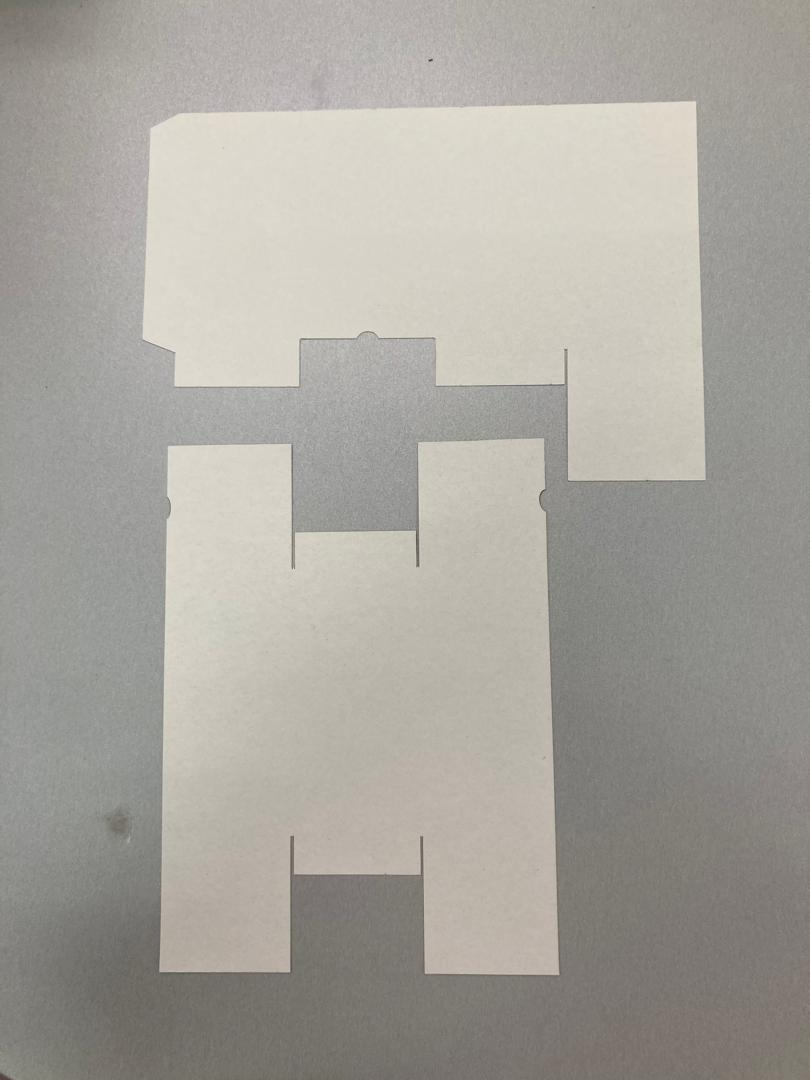
Finally satisfied, I change the box material to brown card and it looks so much better and sturdy.
SUBMISSION
Umbrella's Box
This hexagon shaped box is specially designed to store a folded umbrella in a neat, compact and eco-friendly way. Made from durable corrugated cardbox with angled sides and a flat base that securely holds the umbrella in place. The top flap opens upwards, functioning like a lid, and is connected to the back panel. When closed, the flaps folds over the opening and tucks into a slit on the front panel, creating a secure locking mechanism without the need for glue or tape. To use it, you simply just lift the top flap, place your umbrella inside and close the lid by sliding it into the front slit. This design makes the box not only practical for storing but also protects your umbrella, at the same time, it is also easy to open and close. Lightweight and reusable.
Cotton Pad's Box
This is a basic cotton pad dispenser that is eco-friendly designed out of brown card that is both functional and sustainable. The box is tall with an open top that makes it convenient for the consumers to refill the inner box by stacking more cotton pads inside the box at any time. A small semicircular cutout is the dispensing slot at the bottom. It is easy to remove one cotton pad at a time through this opening and the rest of the pads remain stacked neater inside. The size of this refillable package is small and minimal, which makes it convenient to use in bathrooms or on vanity tables. It is also a convenient, eco-friendly option since its material can be recycled, and the design can be reused.
After showing to Mr Shamsul and got my feedback, he said to laser cut again as the side of my umbrella box is not align and for the cotton pad box, I change it again because I change the cottons into the thicker ones.
SUBMISSON AFER FEEDBACK
FEEDBACK
Week 5: For cotton pads, go for the 1st one. The umbrella one, go for the 6th. Well done, drawing is neat. Make sure to do the dieline for the packaging and do prototype
Week 6: Can start laser printing next week and see need any changes.
Week 7: No Feedback Given.
REFLECTION
Working on the custom box design project for non-boxed items was a challenging but rewarding experience. Unlike standard packaging assignments where dimensions and forms are predictable, this task pushed me to think outside the box, literally and figuratively. I had to take into account the unique shape, size, and fragility (or flexibility) of the product, which meant that every design decision had to be intentional and tailored to the specific object.
The initial stage involved a lot of observation and research. I had to understand how the product behaves, does it roll, bend, or shift? and how users might interact with it during unboxing. Prototyping played a huge role; I created several mock-ups before landing on a structure that balanced functionality with visual appeal. Throughout the process, I had to constantly revise my ideas, especially when testing revealed weak structural points or usability issues.
One of the most important things I learned was how critical user experience is in packaging. A box is more than a container, it’s an extension of the brand and the first physical touchpoint with the product. I also gained deeper appreciation for materials and closures, learning how they can enhance protection and presentation without overcomplicating the design.
Overall, this project helped me build confidence in translating unconventional design challenges into creative, feasible solutions. It taught me to be more resourceful, to trust the iterative process, and to always think about the end user.










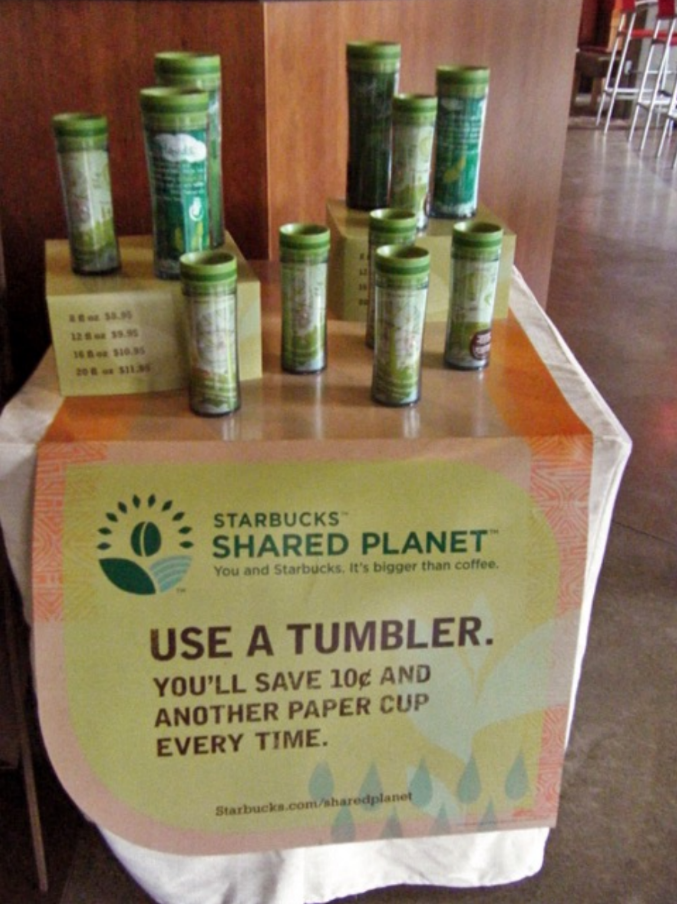



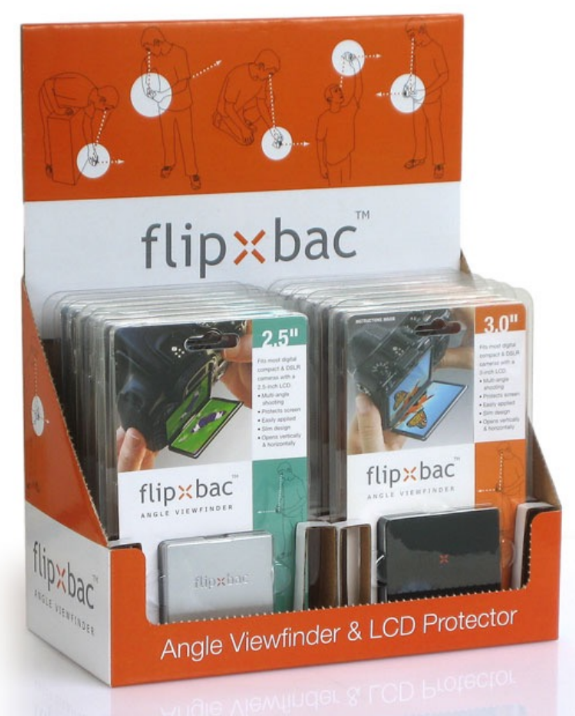










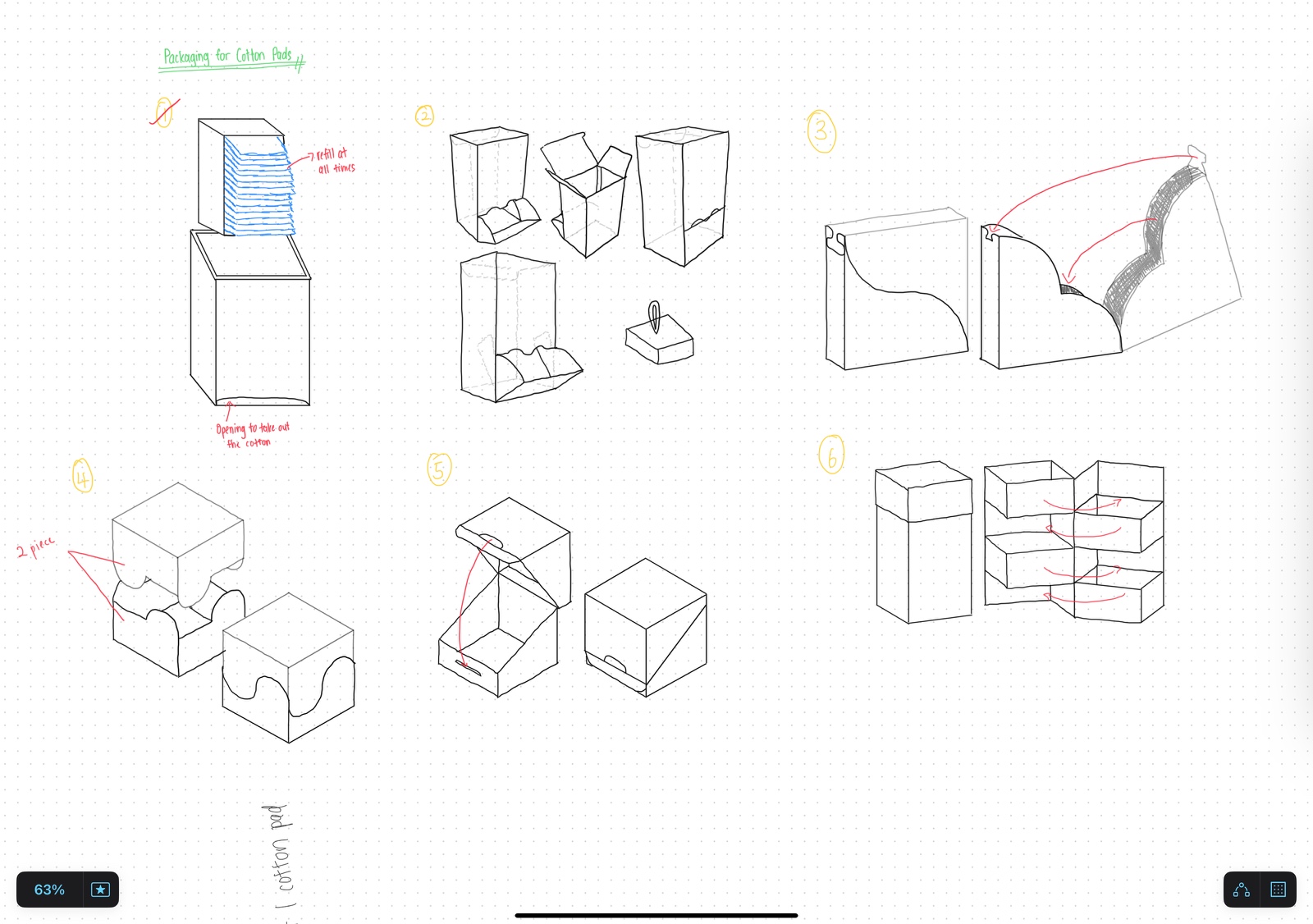



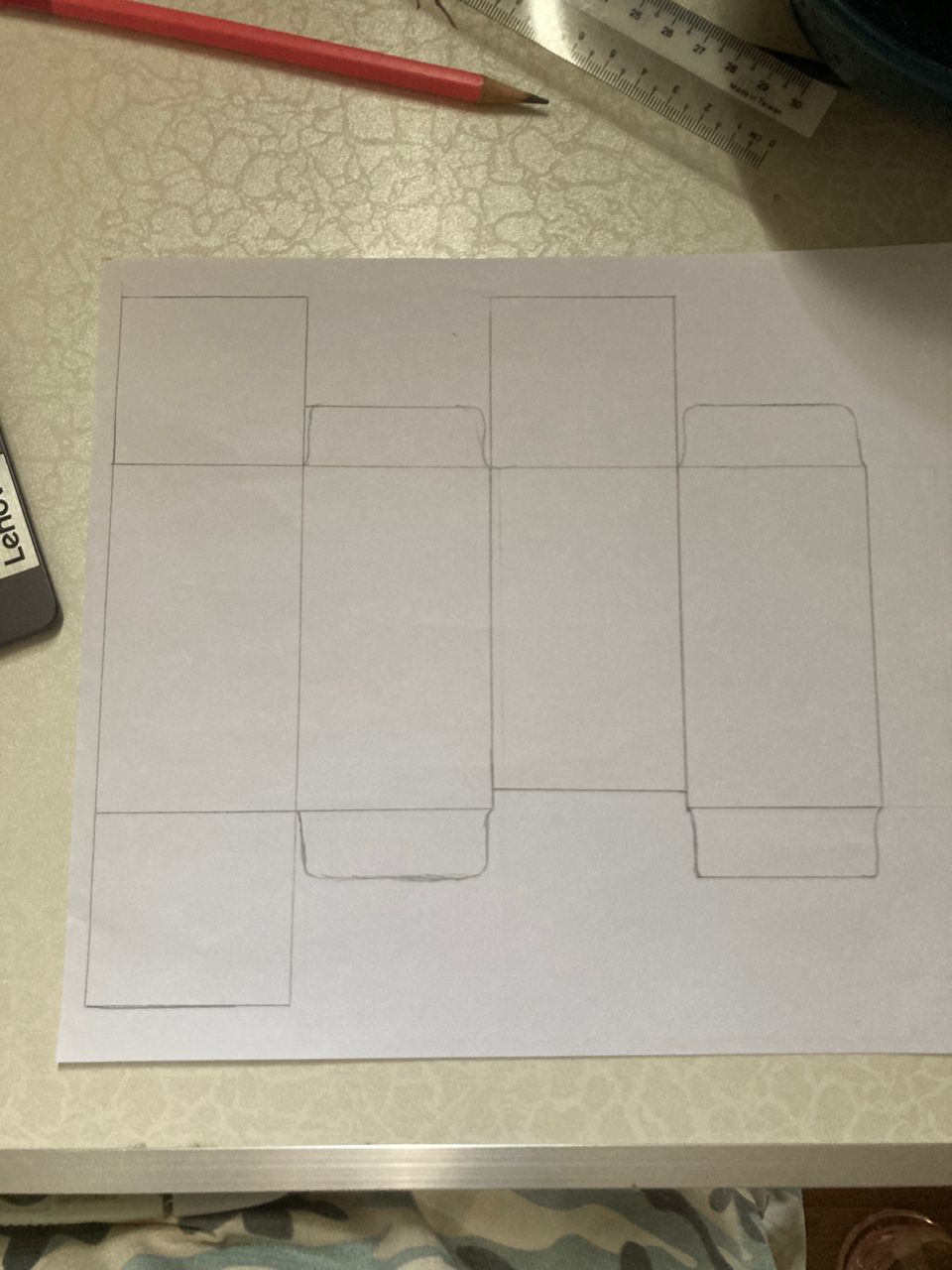
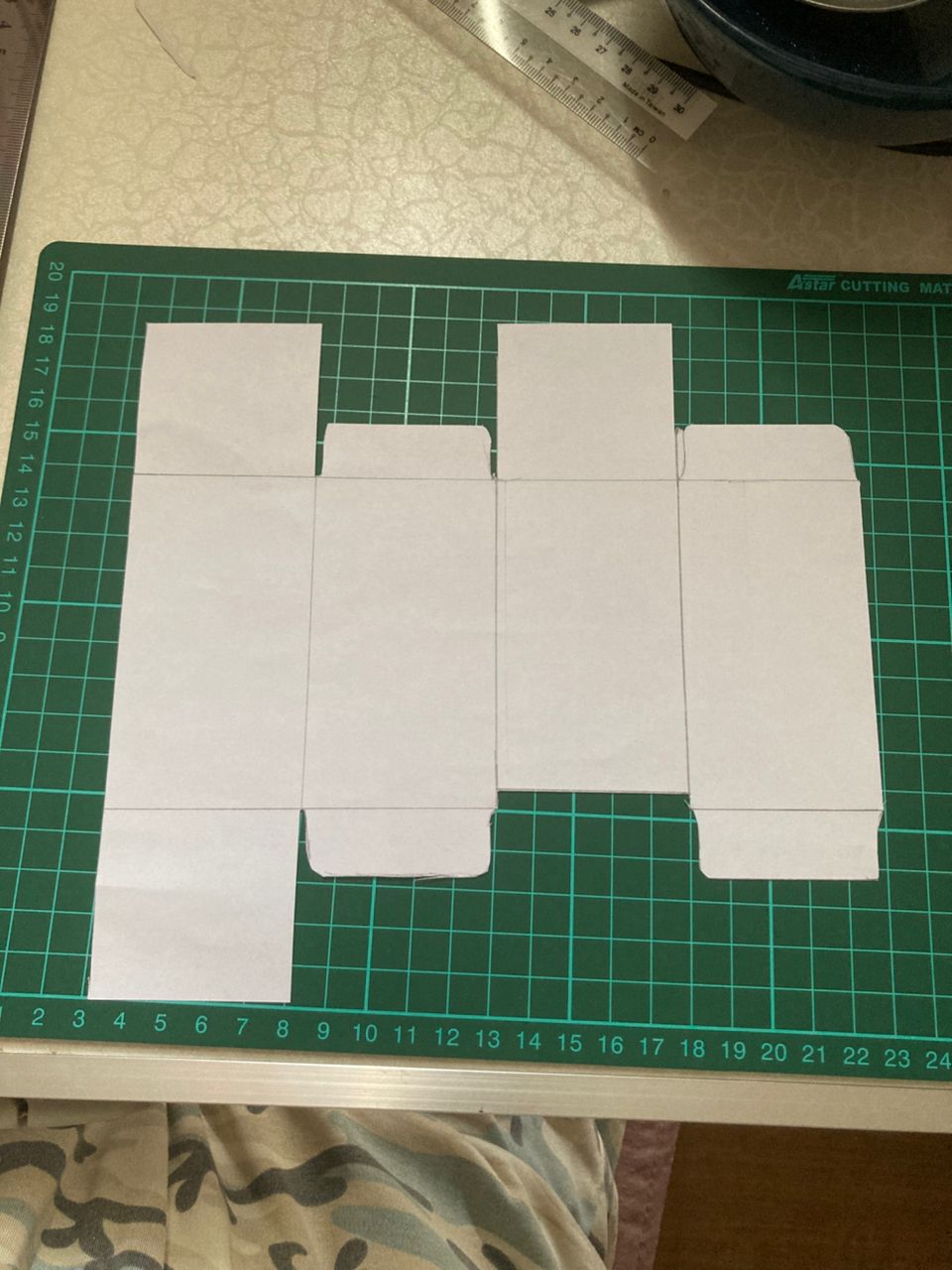
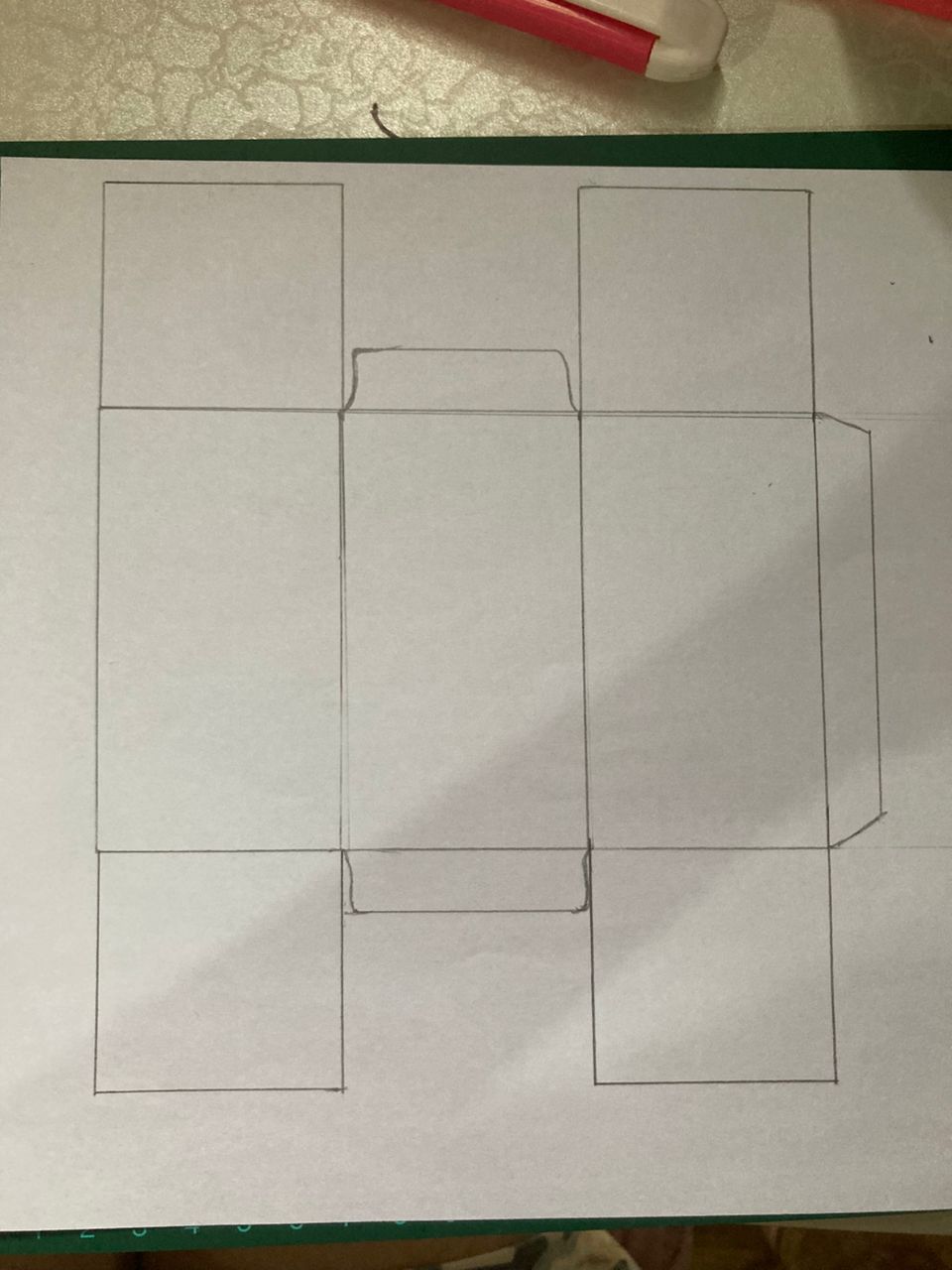

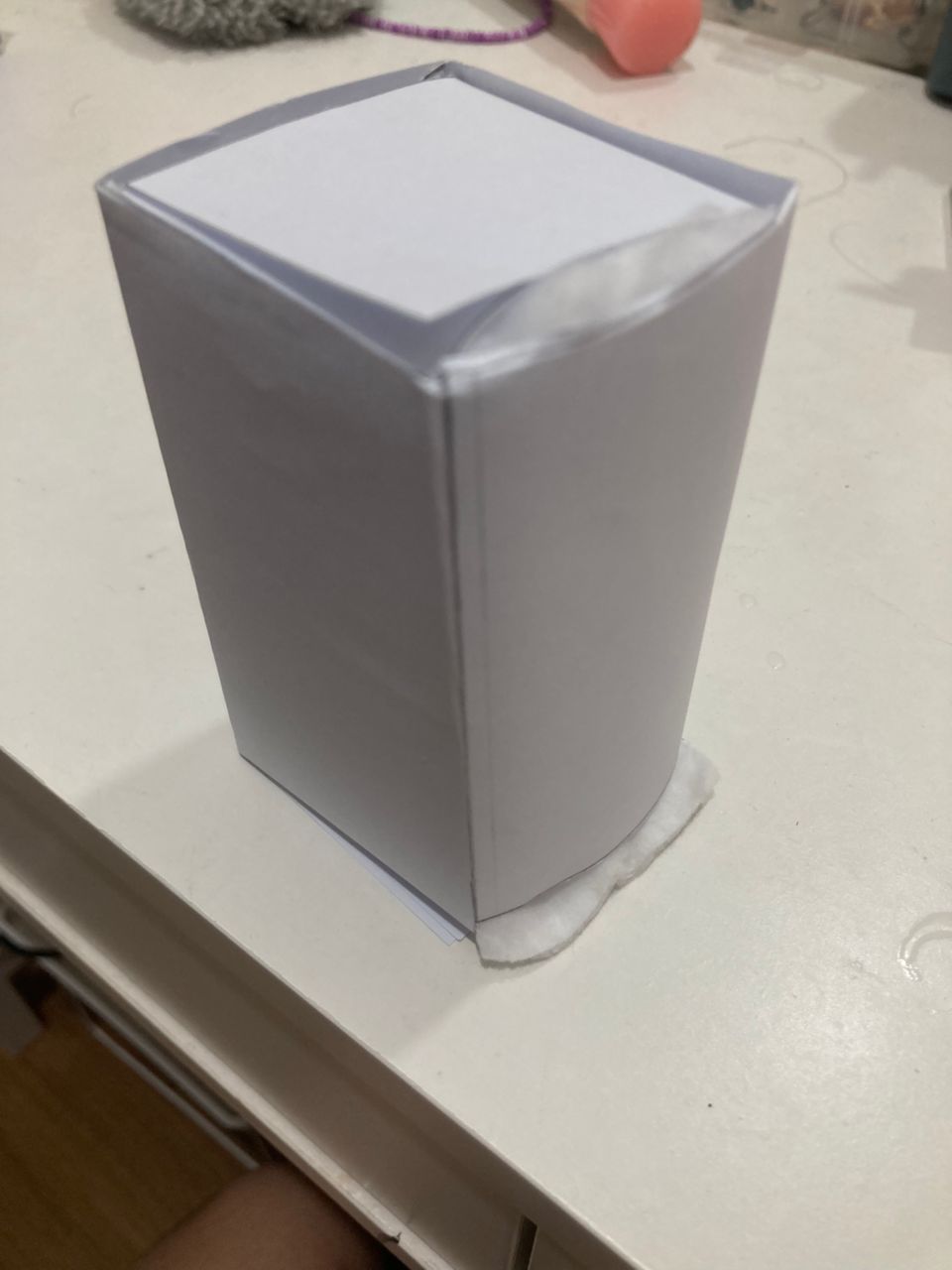



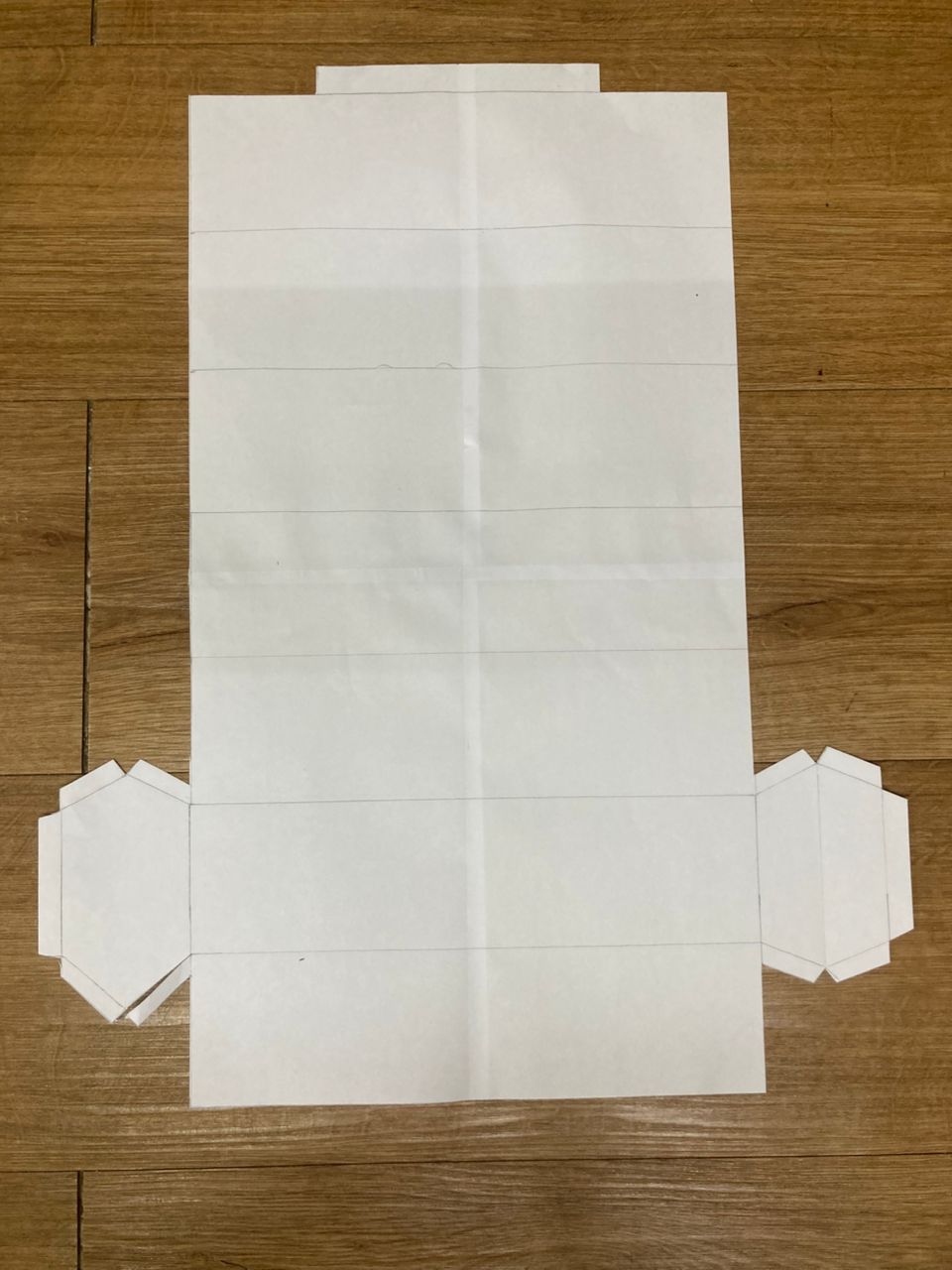



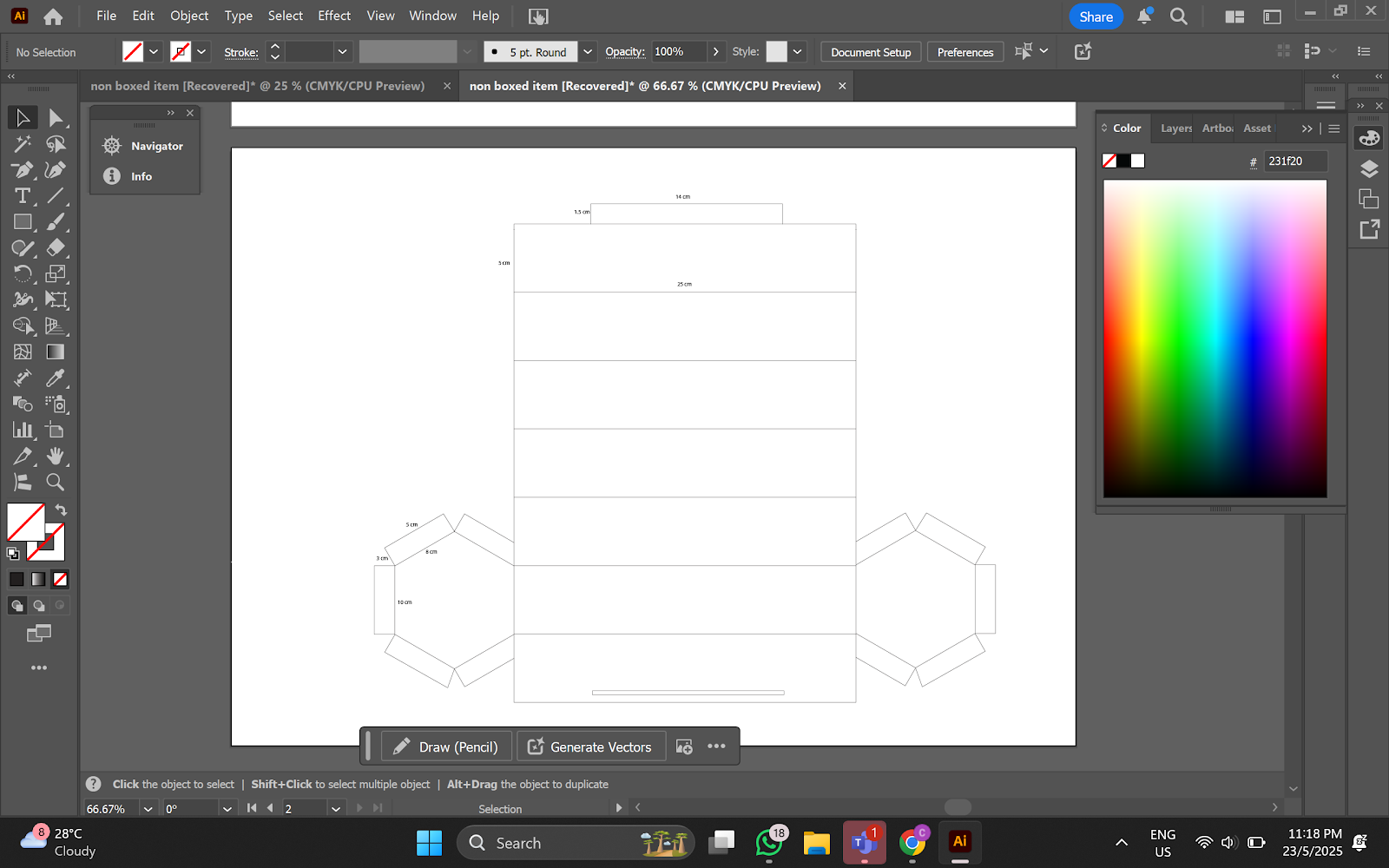






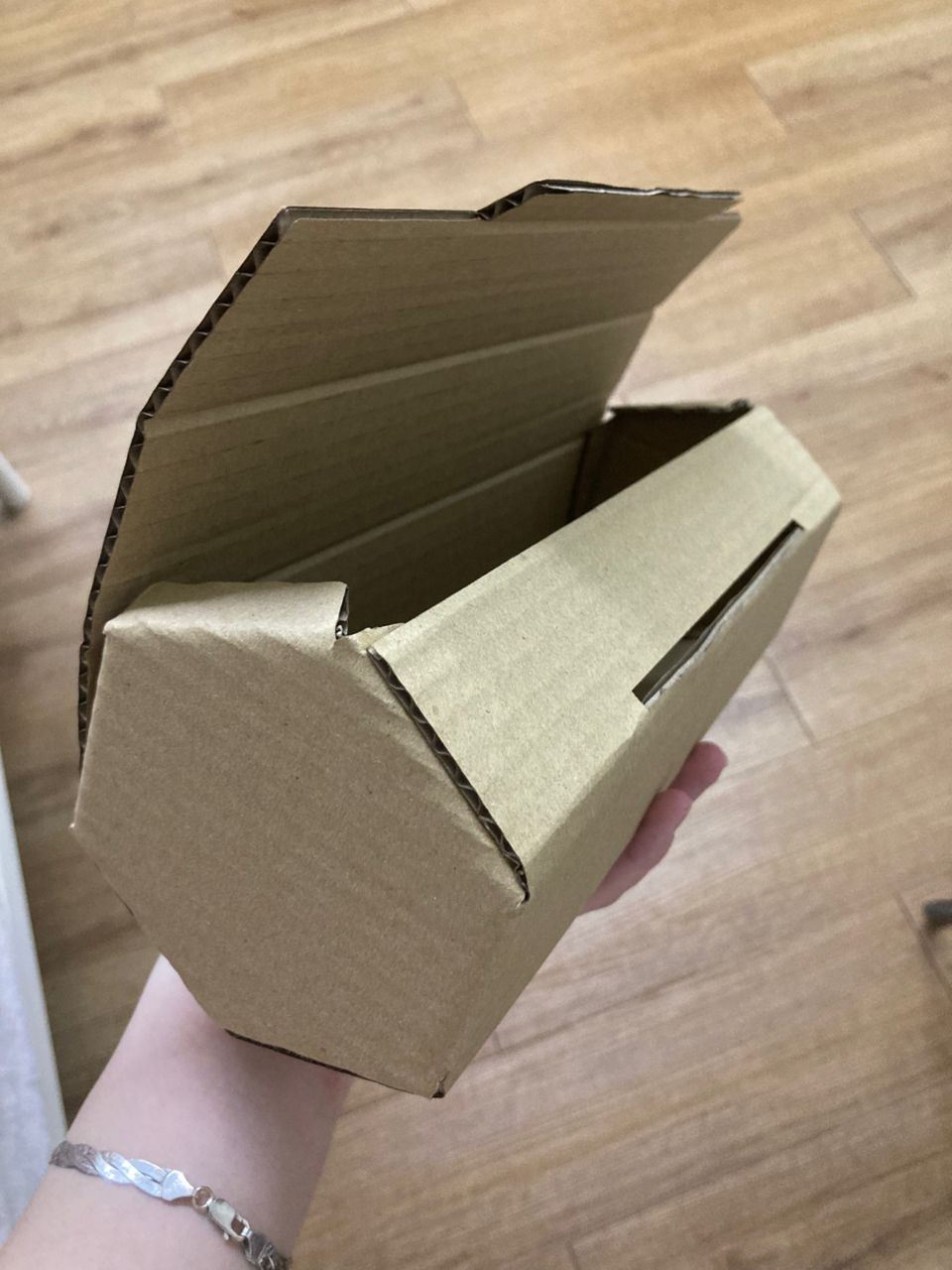


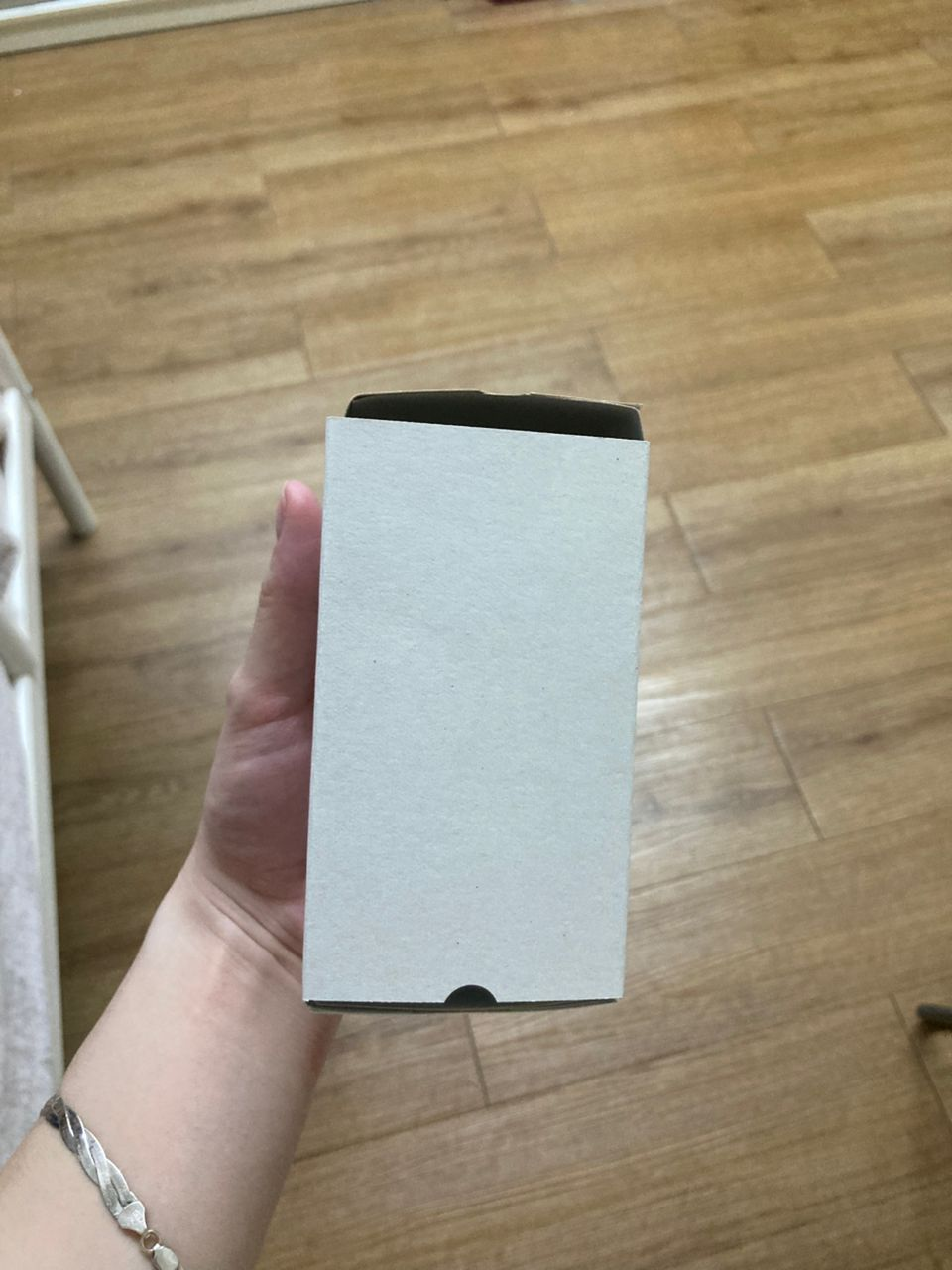

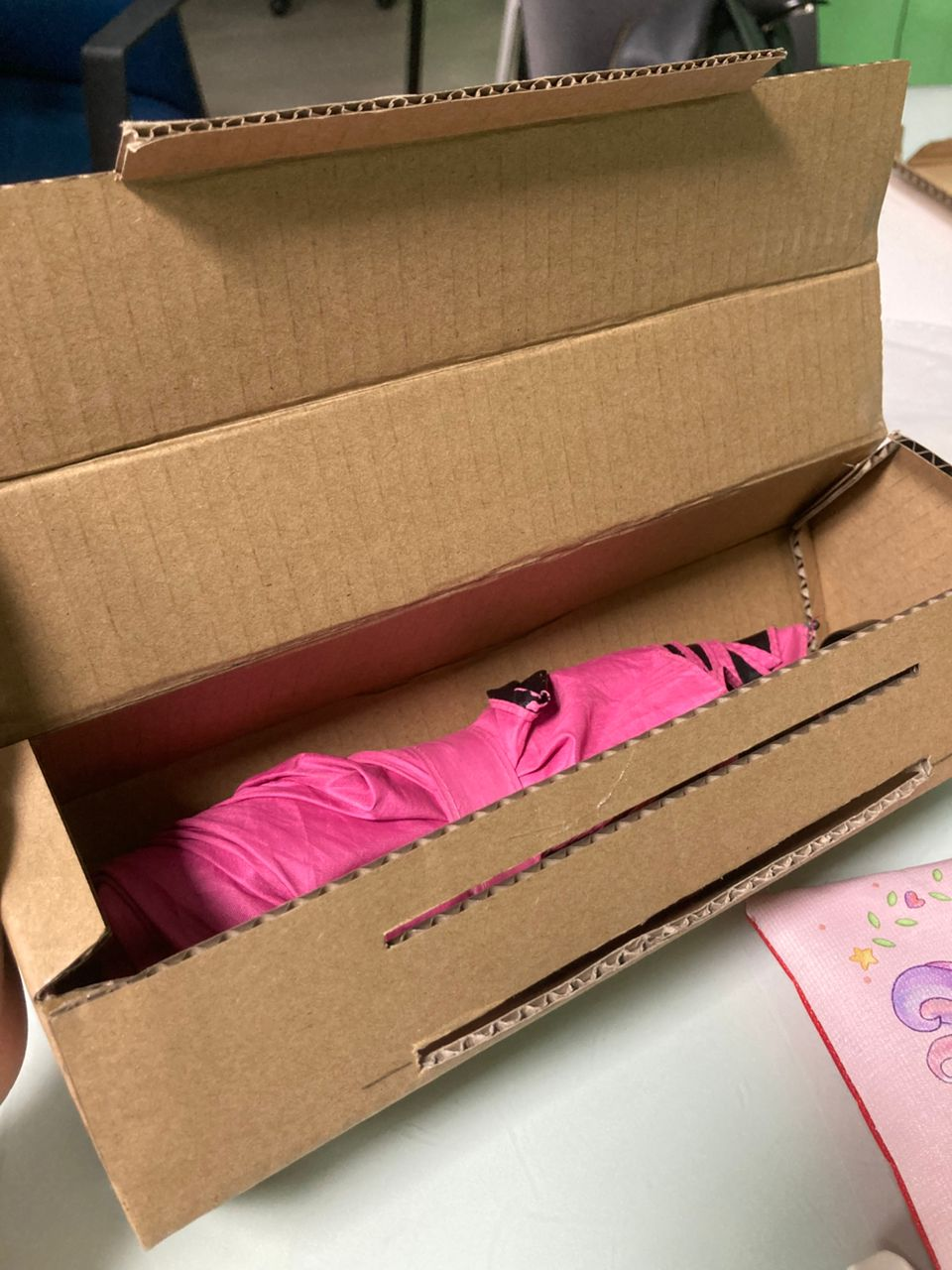

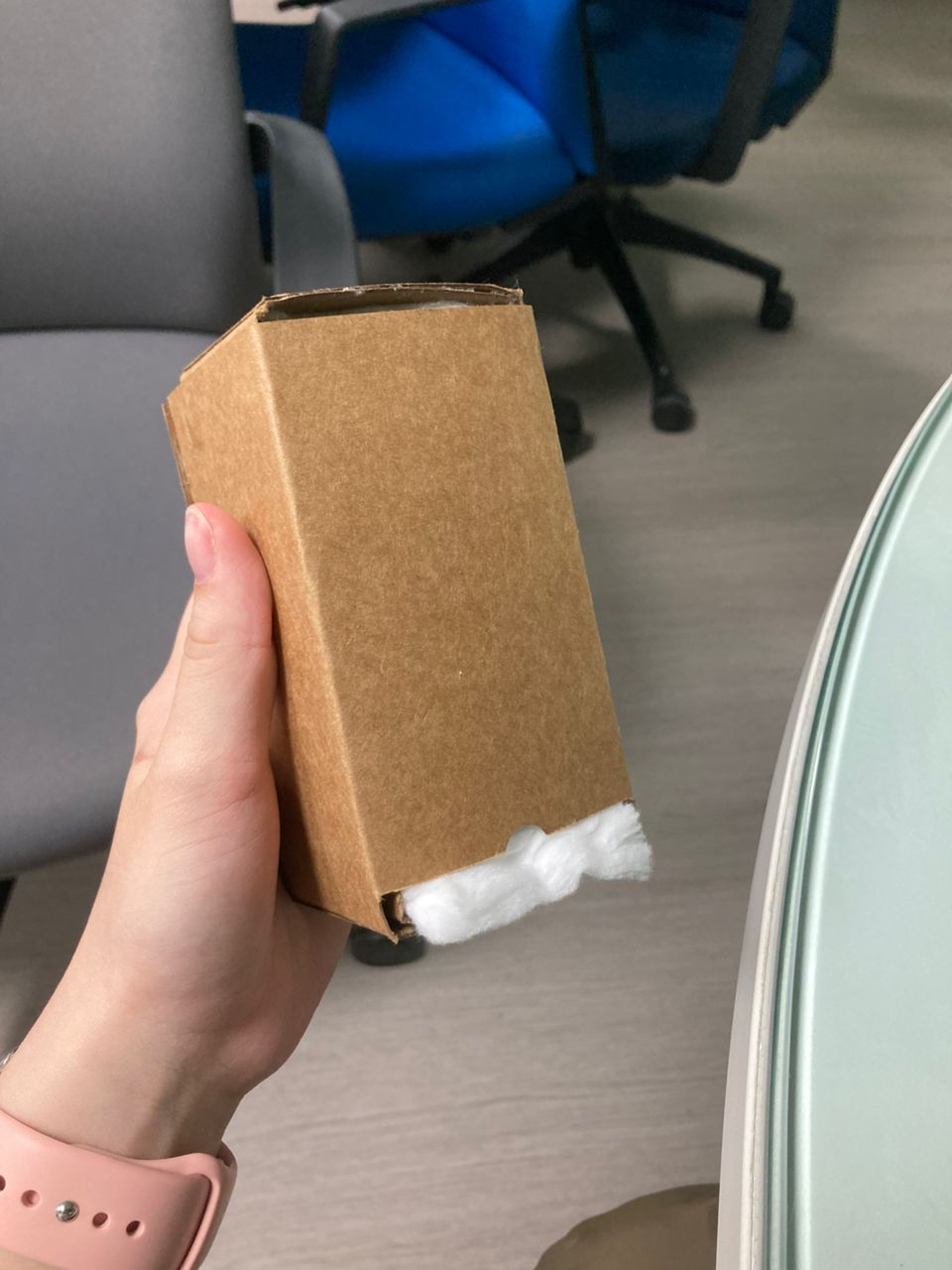










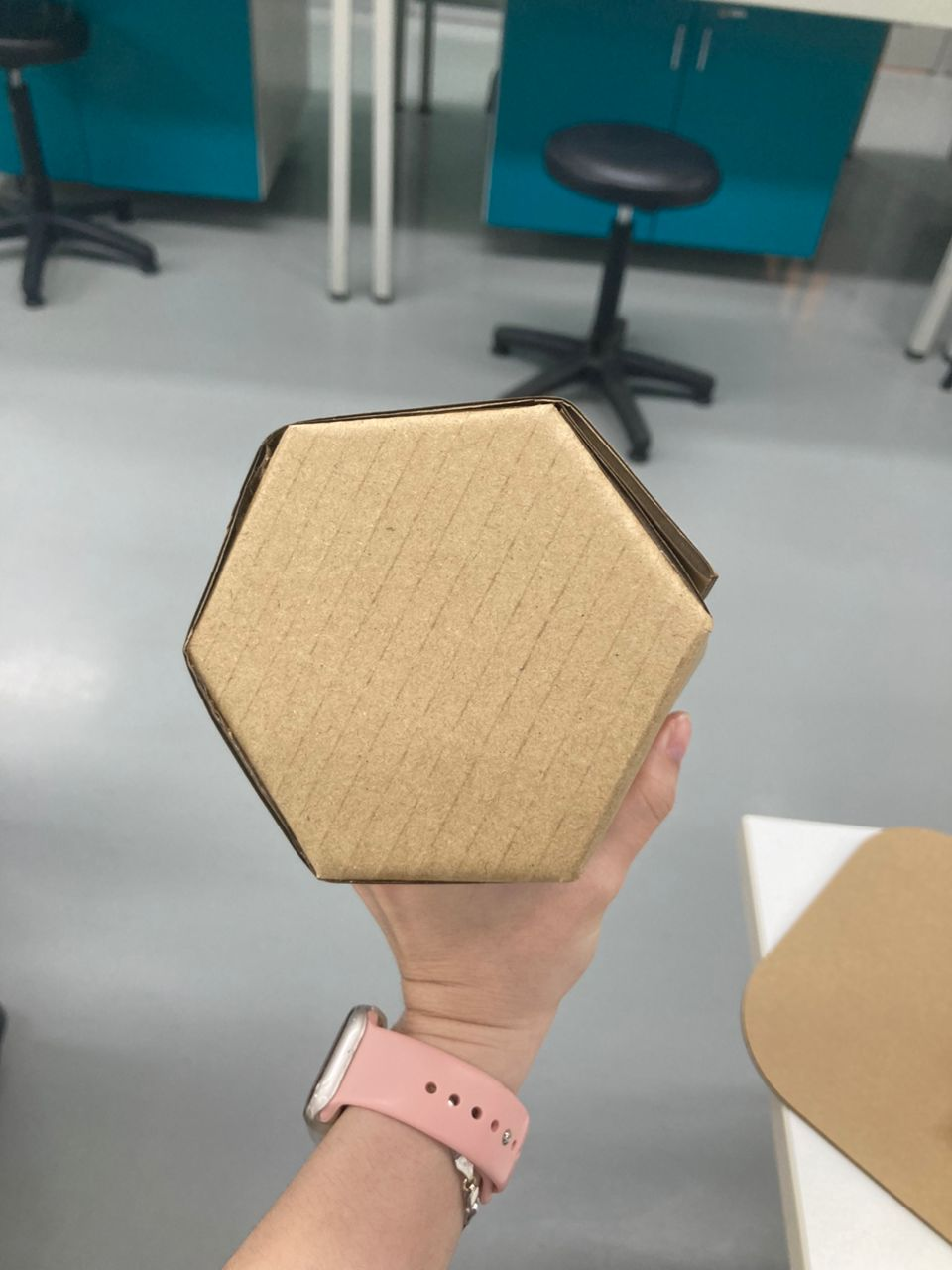



Comments
Post a Comment